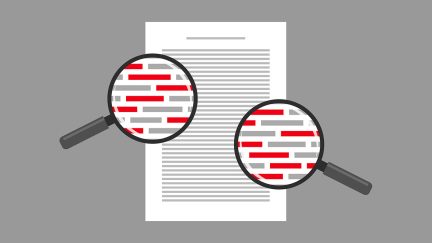Want the latest retirement plan adviser news and insights? Sign up for PLANADVISER newsletters.
Internal Revenue Service Stresses Importance of Savers’ Credit
The Internal Revenue Service (IRS) reminds low- and moderate-income workers that they can take steps now to save for retirement and earn a special tax credit in 2016 and years ahead.
The so-called Saver’s Credit helps offset part of the first $2,000 workers voluntarily contribute to individual retirement accounts (IRAs) and 401(k) plans and similar workplace retirement programs.
Also known as the retirement savings contributions credit, the saver’s credit is available in addition to any other tax savings that apply. Eligible workers still have time to make qualifying retirement contributions and get the saver’s credit on their 2016 tax returns.
“People have until the due date for filing their 2016 return (April 18, 2017), to set up a new individual retirement arrangement or add money to an existing IRA for 2016,” IRS notes. “This includes the Treasury Department’s myRA. However, elective deferrals (contributions) must be made by the end of the year to a 401(k) plan or similar workplace program, such as a 403(b) plan for employees of public schools and certain tax-exempt organizations, a governmental 457 plan for state or local government employees, or the Thrift Savings Plan for federal employees.”
Employees who are unable to set aside money for this year may want to schedule their 2017 contributions soon so their employer can begin withholding them in January, IRS suggests.
The saver’s credit can be claimed by married couples filing jointly with incomes up to $61,500 in 2016 or $62,000 in 2017; heads of household with incomes up to $46,125 in 2016 or $46,500 in 2017; and married individuals filing separately and singles with incomes up to $30,750 in 2016 or $31,000 in 2017.
“Like other tax credits, the saver’s credit can increase a taxpayer’s refund or reduce the tax owed,” IRS says. Though the maximum saver’s credit is $1,000 ($2,000 for married couples), the IRS cautioned that it is often much less and, due in part to the impact of other deductions and credits, may, in fact, be zero for some taxpayers.
NEXT: Claiming the tax credit
According to the IRS, a taxpayer’s credit amount is based on his or her filing status, adjusted gross income, tax liability and amount contributed to qualifying retirement programs. Form 8880 is used to claim the saver’s credit, and its instructions have details on figuring the credit correctly.
In tax year 2014, the most recent year for which complete figures are available, saver’s credits totaling nearly $1.4 billion were claimed on more than 7.9 million individual income tax returns.
The saver’s credit supplements other tax benefits available to people who set money aside for retirement. For example, most workers may deduct their contributions to a traditional IRA. Though Roth IRA contributions are not deductible, qualifying withdrawals, usually after retirement, are tax-free. Normally, contributions to 401(k) and similar workplace plans are not taxed until withdrawn.
Other special rules that apply to the saver’s credit include the following:
- Eligible taxpayers must be at least 18 years of age.
- Anyone claimed as a dependent on someone else’s return cannot take the credit.
- A student cannot take the credit. A person enrolled as a full-time student during any part of 5 calendar months during the year is considered a student.
- Certain retirement plan distributions reduce the contribution amount used to figure the credit. For 2016, this rule applies to distributions received after 2013 and before the due date, including extensions, of the 2016 return. Form 8880 and its instructions have details on making this computation.
You Might Also Like:

Required Amendments for Qualified Plans, 403(b)s Issued by IRS

IRIC Foresees Broader In-Plan Retirement Income Adoption in 2026

IRS, Treasury Explain How to Open ‘Trump Accounts’
« Recommendations Made to Help With Loss of Determination Letter Program